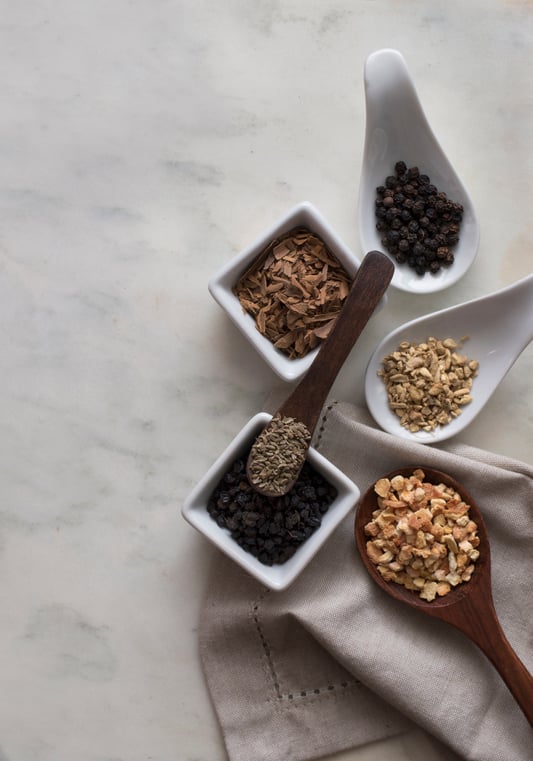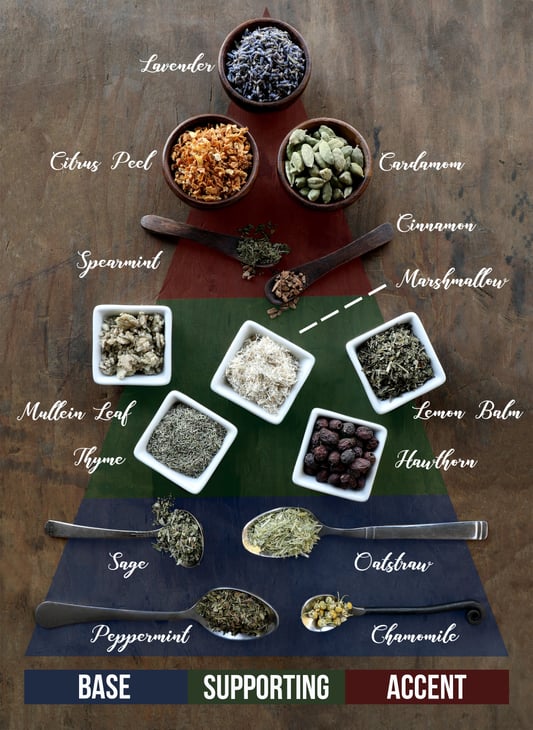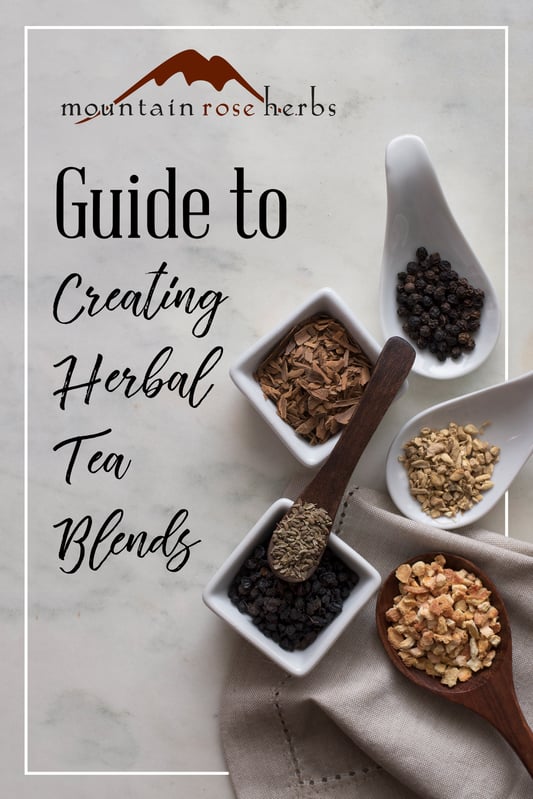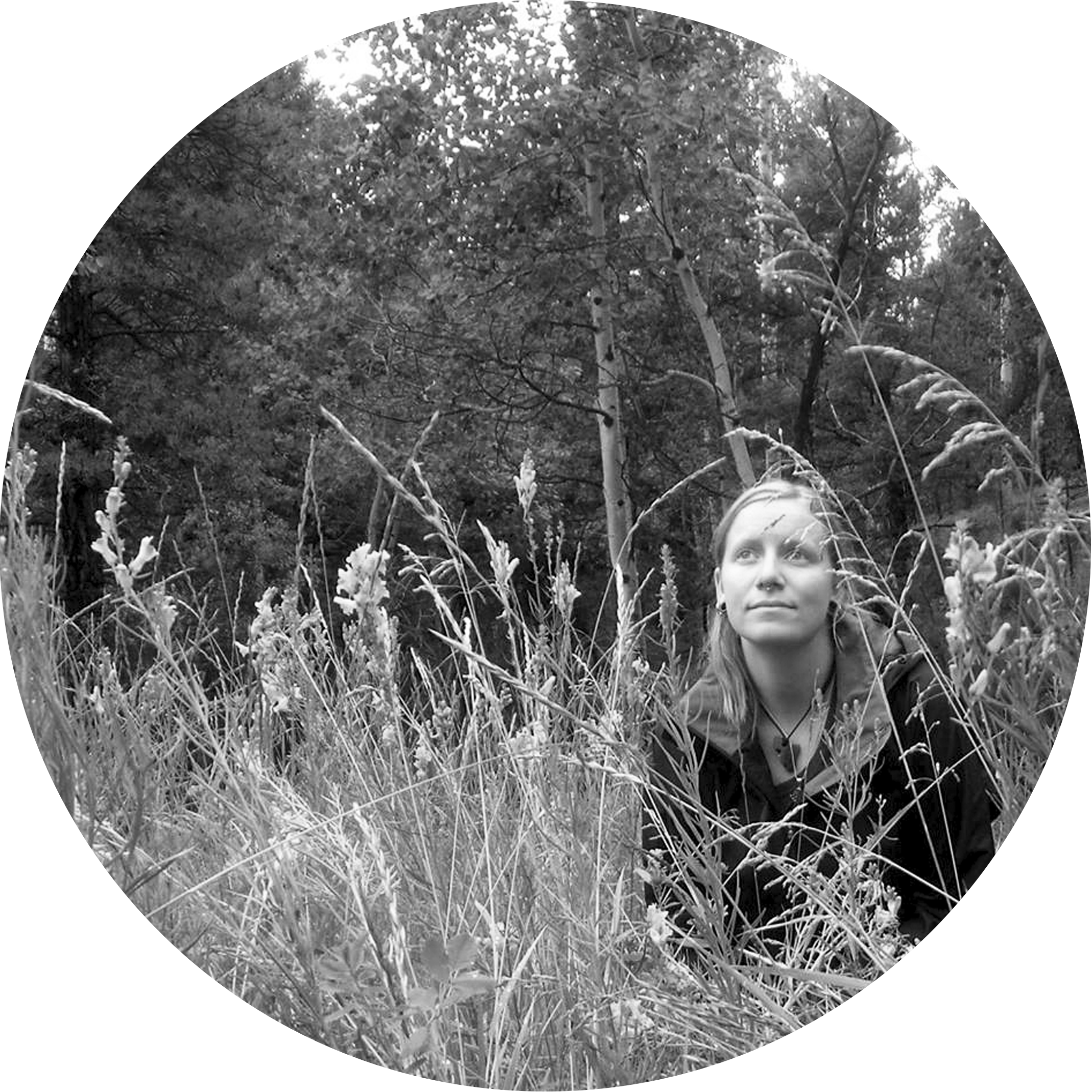There are lots of ways to enjoy the goodness of plants, but for accessibility and simplicity, it's hard to beat a good cup of tea. Herbal tea blends are a fantastic way to combine the synergistic qualities of different plant allies, and creating your own allows you to craft steepable combinations that cater to your personal nutrition goals and flavor preferences. With such a wide world of botanicals to choose from, however, it can sometimes be hard to know where to start. Luckily, we've been crafting organic tea blends for decades, and we're all too happy to share some of the strategies we've pick up along the way!
Here, we begin with a basic three step method for crafting delicious and nutritive herbal brews. Once you are comfortable with a few simple blends, it becomes easier to branch out into more complex combinations. While technically these caffeine-free herbal infusions are referred to as “tisanes” (only brews made from traditional tea leaves of the Camellia sinensis plant are true teas), we will use the term “tea” here to discuss our steeped herbal beverages.
This fun tool will help inspire and guide your adventures in creating your own tea blends from a wide range of different herbs and spices. Start by considering the motivation for creating your herbal blend; are you looking to support your immune system, encourage a relaxed state of mind, or just want to experiment with new flavors? Use your preferred herb as the “base ingredient.” Then, add a “supporting” ingredient for a complementary effect or flavor. The final ingredient is an “accent” which adds a pop of flavor and can round out the other two ingredients.
These proportions are conceptual and not set in stone, so you have freedom to experiment. Start with 3 parts base ingredient, 1 to 2 parts supporting, and 1/4 to 1 part accent, and then make adjustments as needed. You will find that herbs often switch roles from one blend to the next. Feel free to begin adding additional ingredients once you are comfortable with your blending skills!
Additional research may be necessary if you are addressing specific health concerns, and we always recommend consulting a qualified medical practitioner if you are unsure of what herbs may be best for your individual needs.
Pro tips:
- Start with brewing a cup or two to test your herbal blend before mixing a larger quantity.
- Herbalism books can be wonderful starting points to help you discover blending inspiration.
- Organize a tea blending party for you and your friends to try new mixtures!
Looking for new ways to brew?
Learn About Hot and Cold Infusions and Decoctions!
You may also enjoy:













